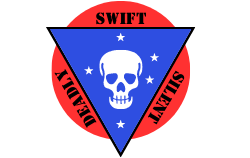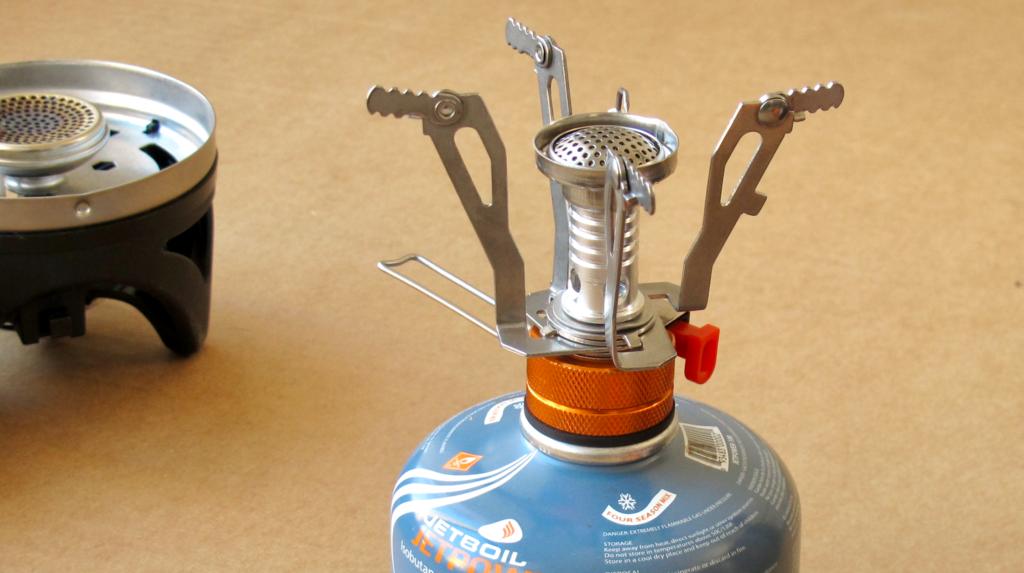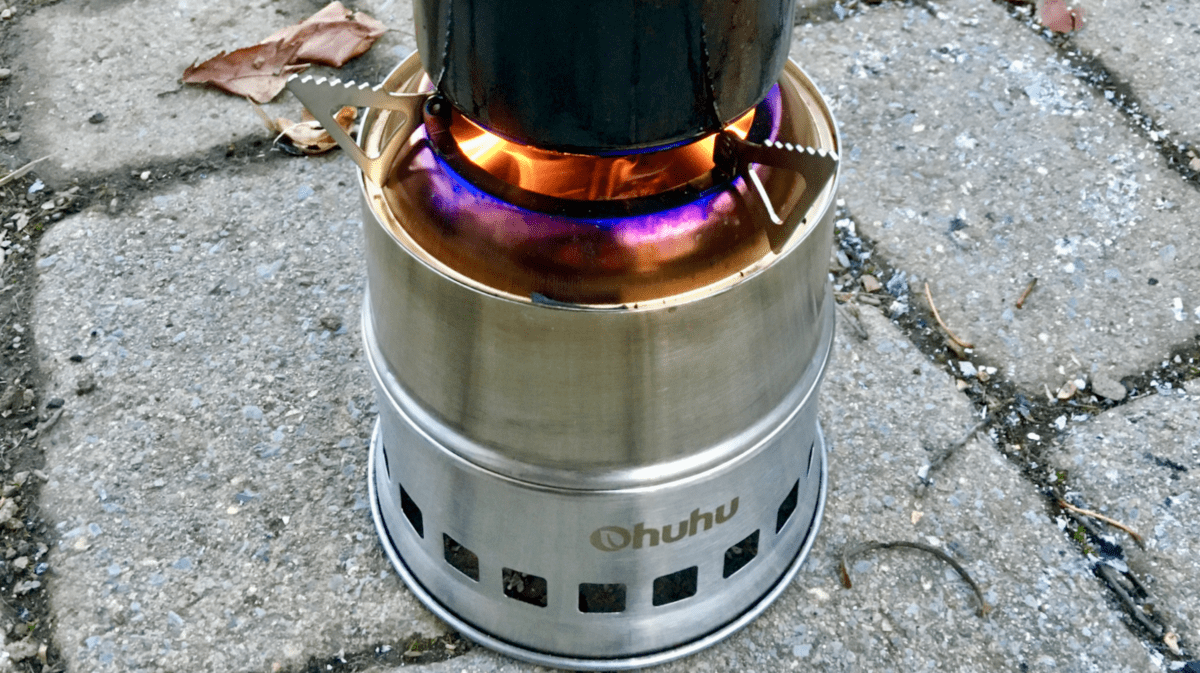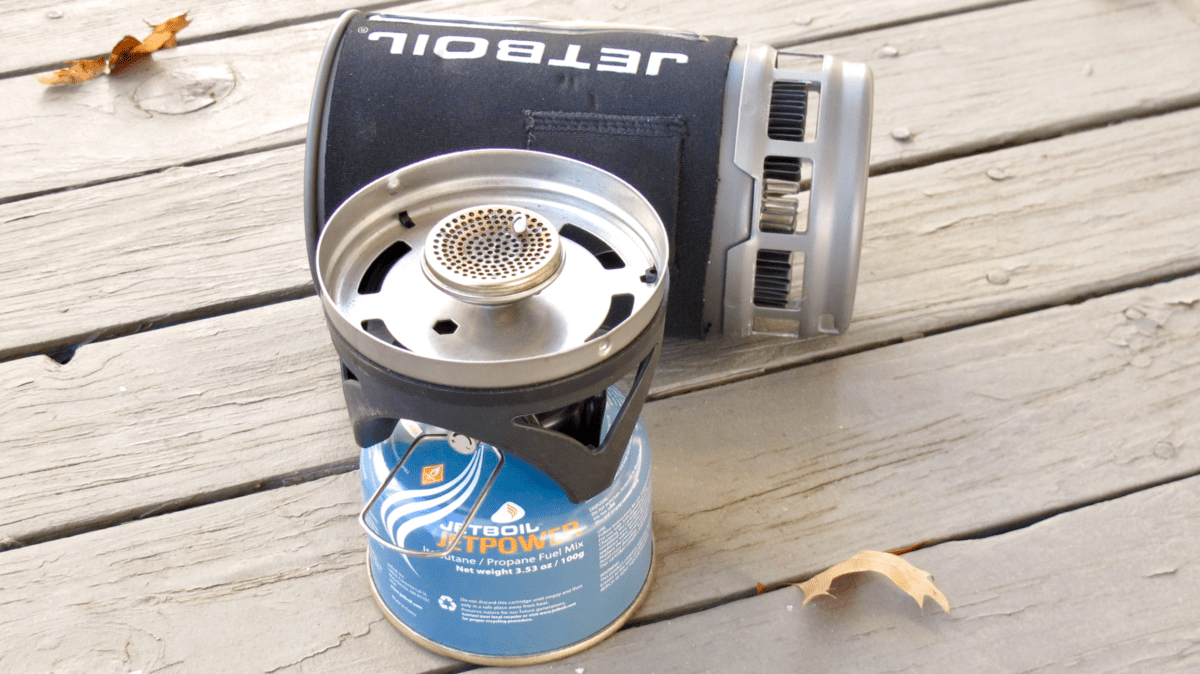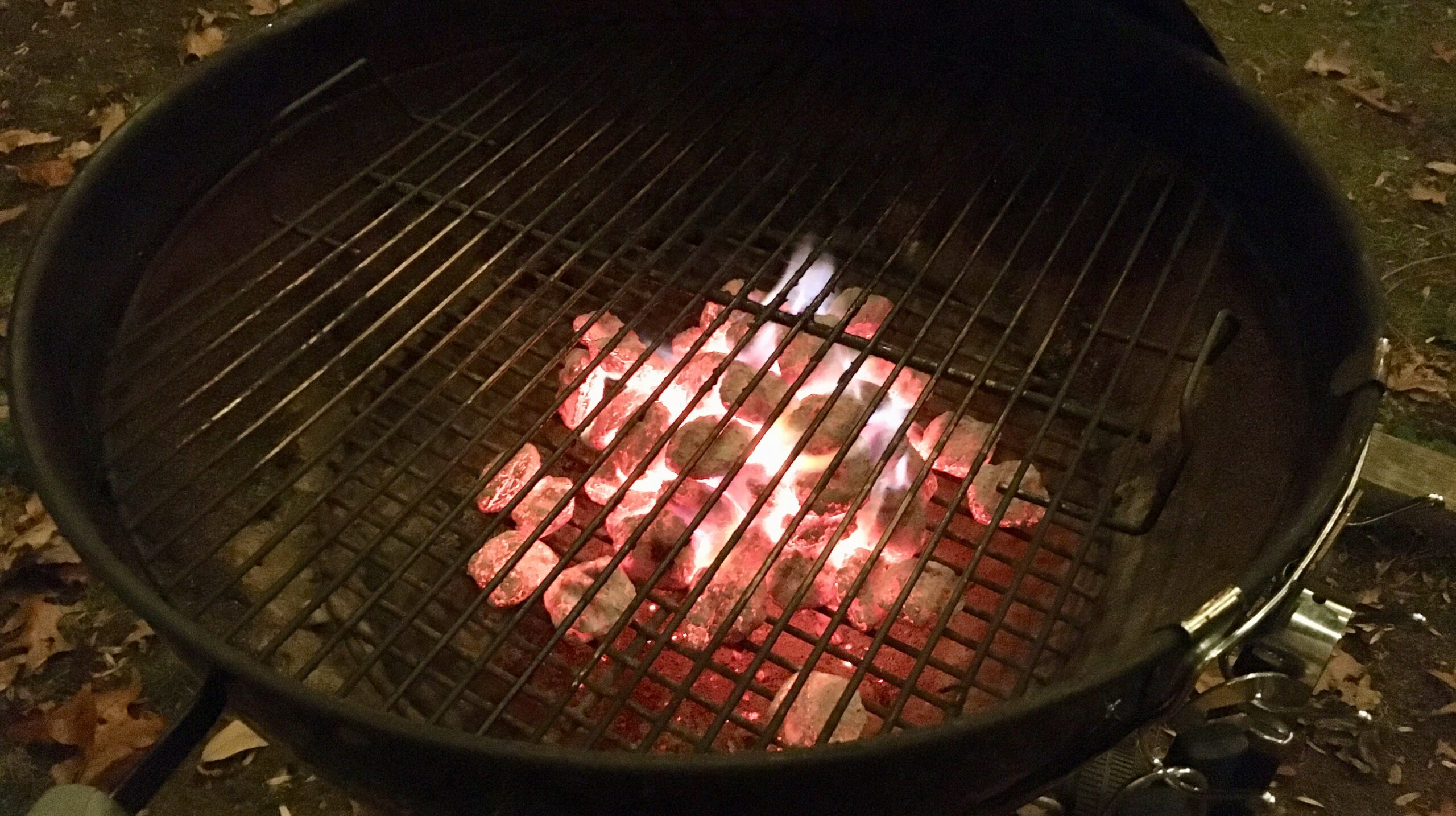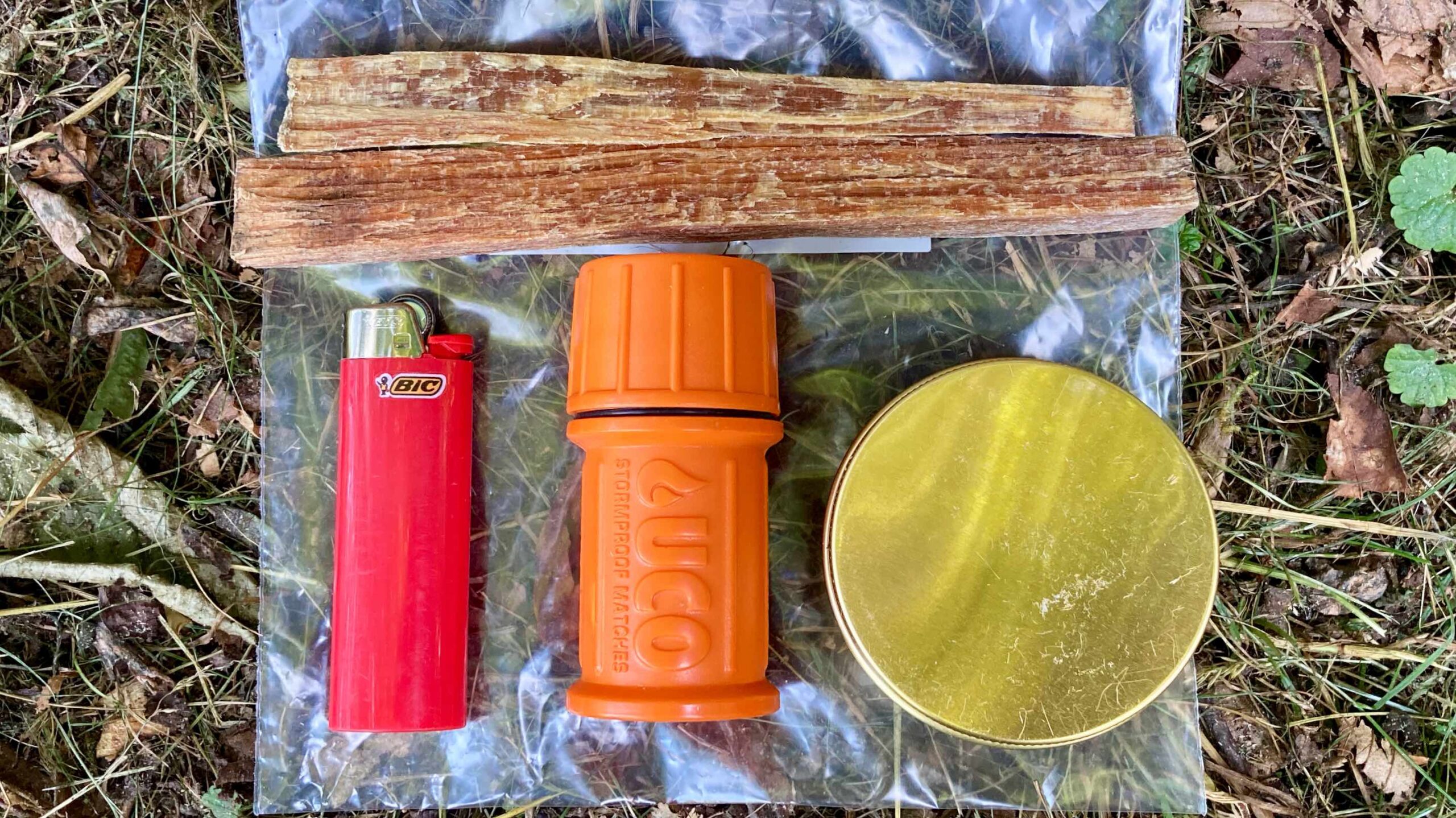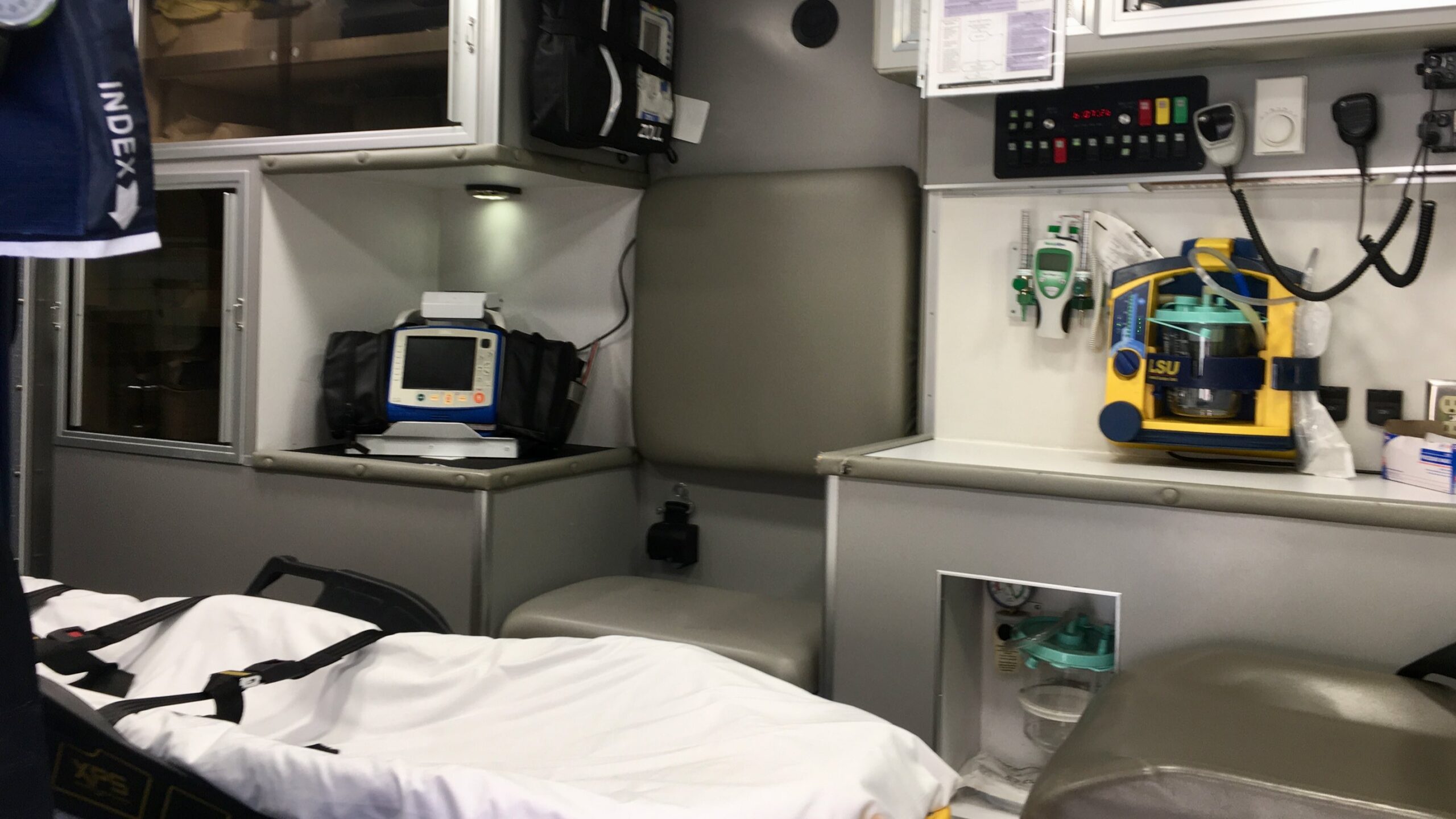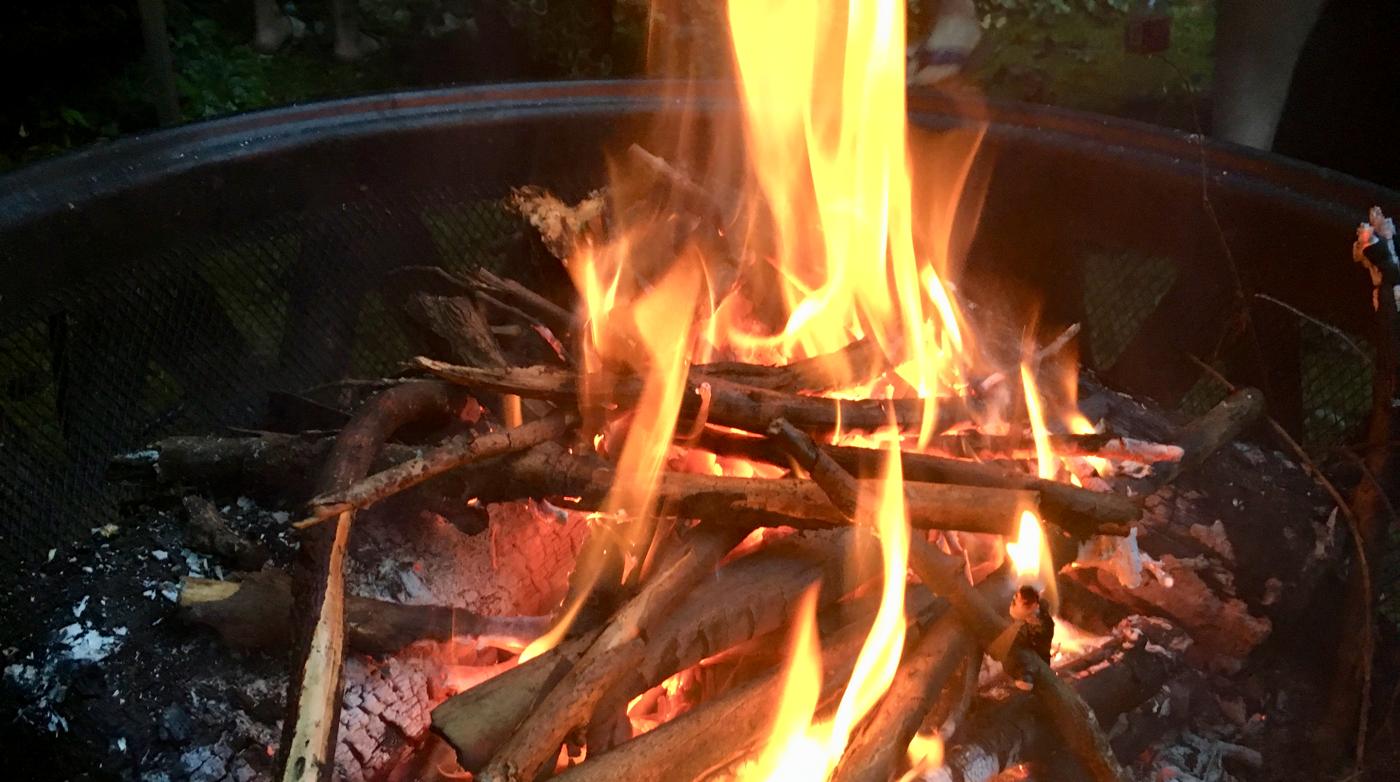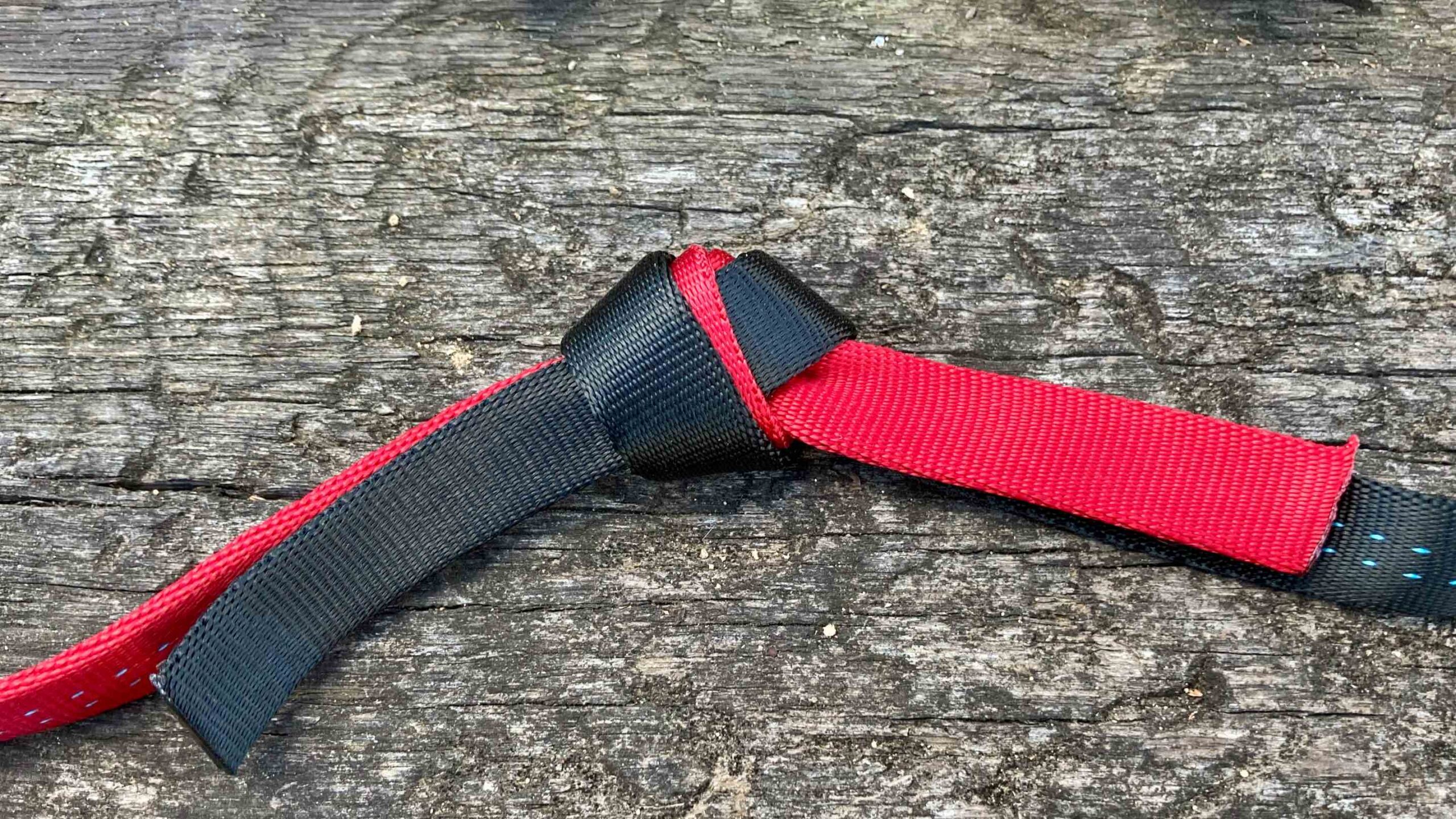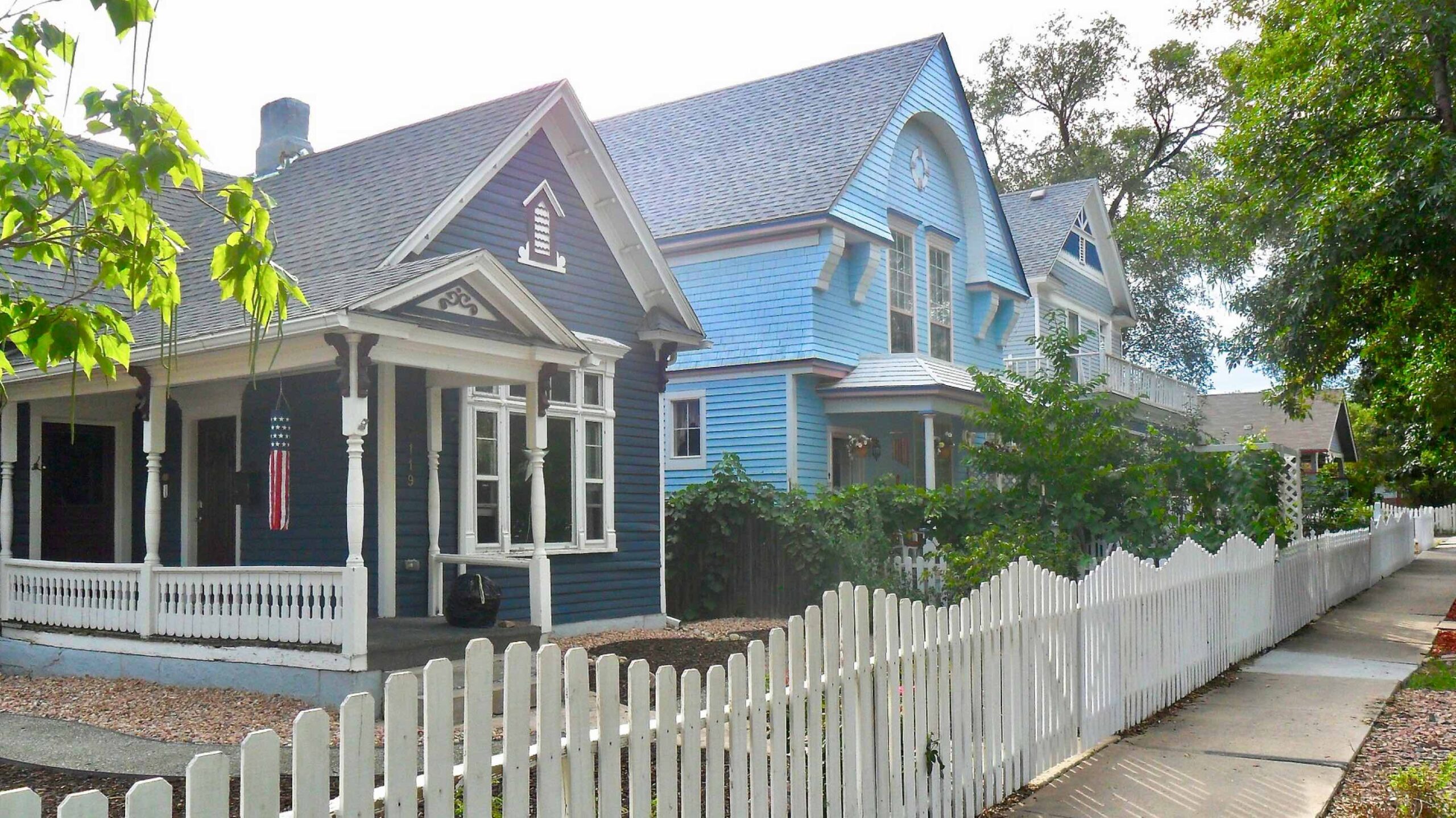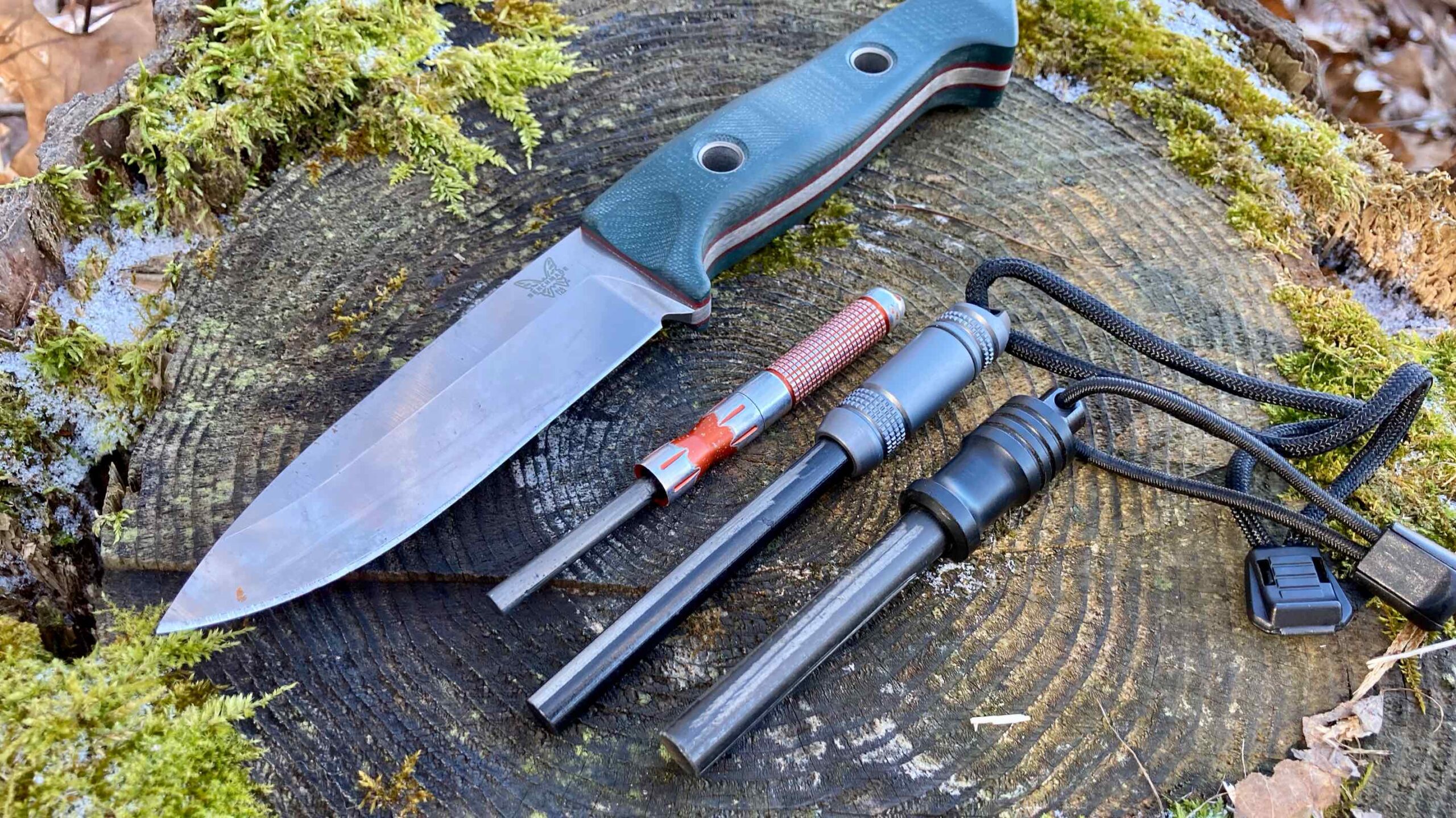Survival Cooking: Ultralight Isobutane Stoves
Next up in the Survival Cooking series is… well, I don’t really have a brand or model for you. Today we’re taking a look at an example of many no-name, variously branded, Chinese-manufactured, isobutane stoves. These ultralight isobutane stoves might not have a durable brand but they work insanely well.
Survival Cooking: Ohuhu Camp Stove
The next stove up in the Survival Cooking series is the Ohuhu camp stove (also available under other brand names). This is a unique stove in that it is designed to burn wood. With very non-specific fuel this is a very, very flexible option. It does, however, have it downsides. Let’s get into it.
Survival Cooking: JetBoil Flash Stove
The second stove in the Survival Cooking series is the Jetboil Flash. The Jetboil has been around for twenty years (since 2001) and is the gold standard in personal camp stoves. It is used by backpackers, climbers, preppers, special operations personnel, and just about everyone else who spends significant time away from the comforts of home.
Survival Cooking: Charcoal Grills
Today I’m going to talk about using your charcoal grill for survival cooking. It’s not a conventional “prepper” item, and most of the prepper literature prefers to talk about dedicated wilderness/survival stoves. Those definitely have their advantages, but the lowly grill is often overlooked. In my opinion it is one of the best “entry level” survival cooking items you can own.
Prepping Others: The Handout Fire Kit
A couple weeks ago I wrote about small, handout first-aid kits. I made them for our hiking friends who have not made their own preparedness efforts. Both of these individuals are great people, they just don’t know where to start. More recently, I decided to build them each a handout fire kit. The handout fire kit is a small, relatively lightweight, fairly inexpensive kit full of really good tools. Let’s take a look at mine.
Why You Should Become an EMT
I was MIA for most of last week. I was doing clinicals – 12-hour shifts in an ambulance – for my EMT class, which didn’t leave me much bandwidth for anything else. While I was riding around in an ambulance I had a lot of time to reflect on a recent reader question: Would you consider penning [an] article regarding your EMT course? That’s something I’d be interested in pursuing…
Comprehensive: How to Build a Fire
There are few skills that are as universal as building a fire. From remote Afghani villagers who have never seen a cell phone to the most Gucci’d-out backpackers, the fundamentals of building a fire don’t change much. It comes as a surprise to me when I encounter individuals who can’t build a fire…even though I encounter them with some regularity. This post is going to take a very deep dive (13,000 words and 70+ photos) into how to build a fire.
Know a Knot! The Water/Tape Knot
Welcome back to Know-a-Knot! It has been a while since we’ve looked at a new knot but I’ve received emails from a couple of you asking for the series to continue. Today we’re going to talk about an interesting joining knot: the water or tape knot.
Neighborhood Rapport/Community-Building Follow Up
Two of my best, most original pieces of writing on this blog are two of the least popular articles here. They deal with building rapport with your immediate neighbors and building rapport with your larger community. If you haven’t, I strongly encourage you to go back and read those articles. Today I’m going to follow-up with some lessons learned, and share our success and failures.
Tips for Using Sparking Fire-Starters
Sparking fire-starters are a mainstay of wilderness survival kits. They are rugged, waterproof, and have the potential to light thousands of fires. They aren’t terribly expensive and you can find one of just about any size or form-factor from keychain-sized models to large, purpose-built versions. For all their virtues, lighting a fire with them can be tougher than you might think. Today I will offer a few hard-won tips for using sparking fire-starters.
